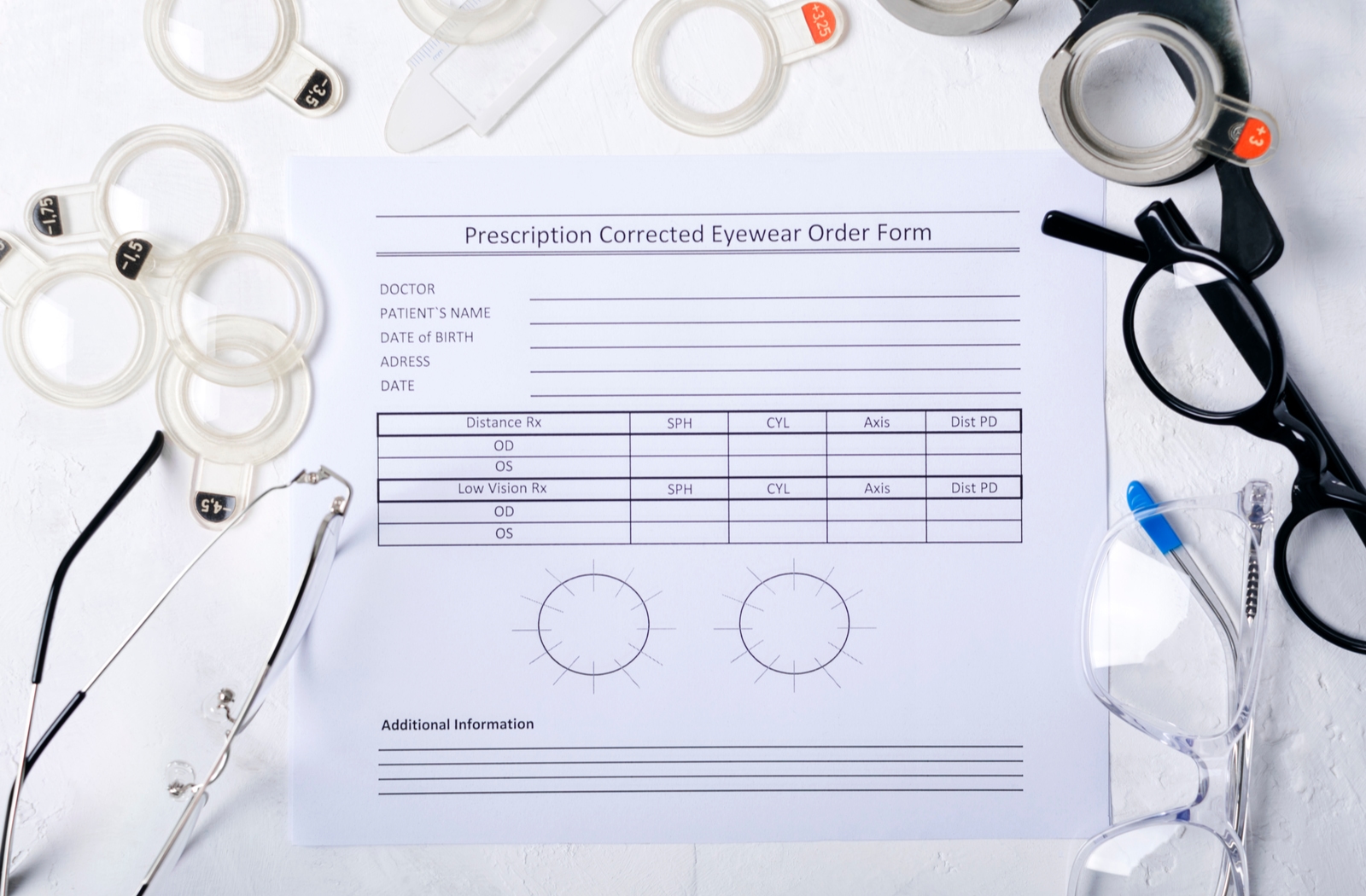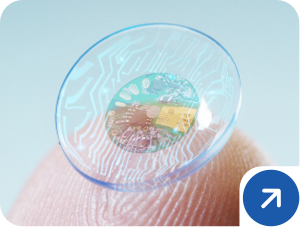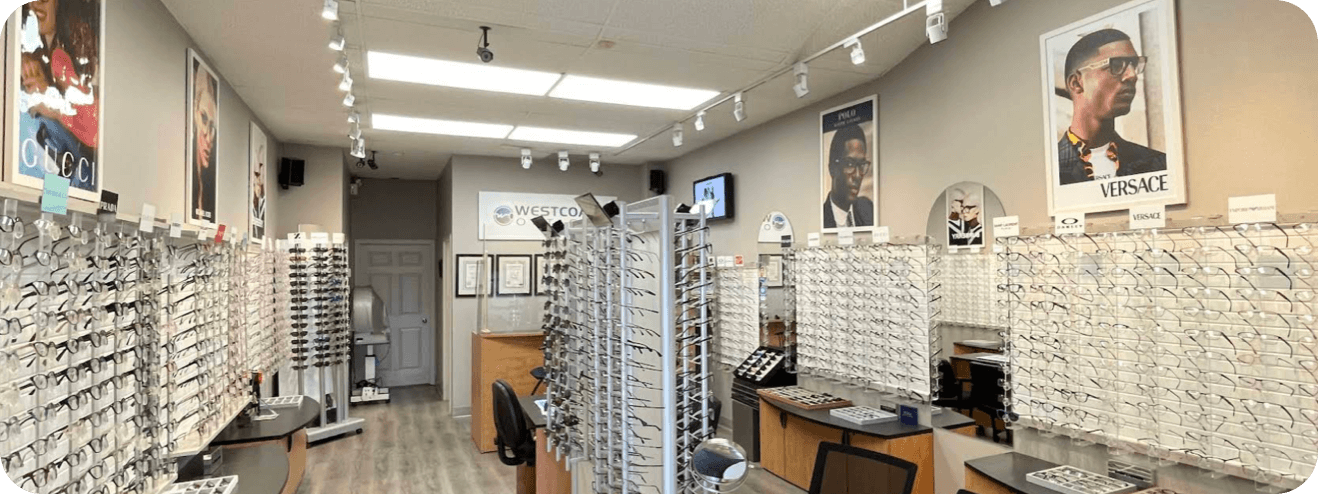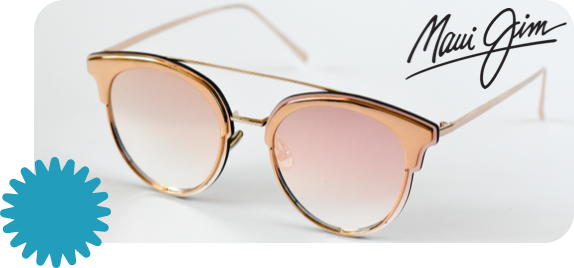Glasses can provide you with clear vision, but what happens if you want contact lenses? Can you use your current prescription to get contacts? The answer is more complex than you think.
Glasses and contacts are similar, but they have a few key differences in how prescriptions work. You can’t convert your glasses prescription to a contact lens prescription, as the measurements involved differ between the two.
Glasses vs. Contact Lenses: How Do They Differ?
If your vision needs correcting, the common choices for you are glasses or contact lenses. Both can help you see better, but they have different pros and cons. Selecting the best eyewear typically comes down to personal preference.
Glasses
Glasses can come with different lenses, frames, and other materials to give you a personalized look. They typically come in single-vision or multifocal lenses if you require multiple prescriptions, such as bifocals, trifocals, and progressive lenses.
Glasses have several benefits and drawbacks.
Pros
Glasses are easy to use; you can put them on and continue with your day. They don’t require as much care as contact lenses.
Glasses are highly customizable; you can choose what kind of lenses, frames, and designs you want. Another benefit is that you don’t need to replace your glasses as often if your vision stays the same.
Cons
Your lenses may distort your vision if you need a strong prescription or have astigmatism. Rain and other weather can affect your lenses and disrupt your vision, and they may break or fall off during exercise.
Some people may not like the look of wearing glasses, or they may have trouble adapting to new lenses like progressives.
Contact Lenses
Contact lenses are small and consist of plastic that lays directly on your eye’s surface. They can be soft or rigid, depending on the type of lenses you choose. There are several types of lenses you can wear, such as:
- Daily disposable contact lenses
- Daily wear contact lenses
- Extended-wear contact lenses
These lenses have pros and cons to consider.
Pros
Contact lenses provide more natural vision than glasses, and they move with you. Nothing blocks what you can see when wearing contacts, like eyeglass frames.
Your contact lenses are unlikely to fog up or have weather affect your vision. They are suitable for sports because they can’t fall off while you’re wearing them.
Cons
Contacts require more care than glasses. You have to clean and store your lenses, and you must carefully handle them to avoid complications.
These lenses can take more time to get used to but can provide you with consistently clear vision. If you have glasses but want to give contact lenses a try, can you use your current prescription for contacts?
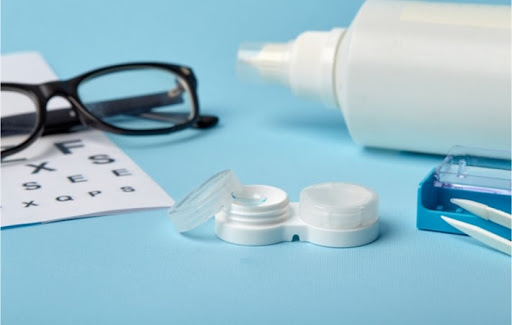
Can You Use Your Glasses Prescription for Contact Lenses?
Unfortunately, you can’t use your current glasses prescription for contact lenses. While both can correct your vision, your prescription for glasses differs from a contact lens prescription in many ways. Contact lens prescriptions require extra measurements such as lens diameter and base curve, as the lens sits directly on the eye and needs to conform properly to the shape of the eye.
How Do I Convert Glasses Prescription to Contacts
Unfortunately no, you can’t directly convert your glasses prescription to a contact lens prescription, due to the differing measurements required. A comprehensive contact lens fitting and exam with your eye doctor will determine your prescription. This can be done as a standalone service, or in addition to a regular comprehensive eye exam.
How Do Glasses & Contact Lens Prescriptions Differ?
Both glasses and contact lens prescriptions feature the amount of correction each eye needs to see clearly, but contact lenses require more information.
Your glasses prescription will feature the required correction listed in diopters and a symbol representing the associated refractive error, such as myopia or hyperopia. Contact lens prescriptions have other specifications not needed for glasses.
What Do Contact Lens Prescriptions Require?
Eyeglasses typically sit 12 millimetres from your eyes while your contacts rest directly on them. This difference means that the power of your contact lens prescription will be less nearsighted.
Besides this difference, your contact lens prescription has other factors affecting it. These specifications include:
- Base curve (BC): This measures the curvature of the back surface of the contact lens; it helps to ensure your lens isn’t too loose or tight
- Diameter (DIA): Your lens diameter relates to the specific size of lens you require; it works with your base curve to determine your lens’s fit
- Lens brand or material: Prescriptions require lens brand or material because each lens material has a different level of oxygen permeability
- Expiration date: Your contact lens prescription is typically valid for a year; you’ll need a new examination to buy contacts after your prescription expires
There are many differences between glasses and contact lens prescriptions, but that shouldn’t stop you from getting contact lenses. If you’re interested in wearing contacts, a contact lens exam can help your optometrist determine the best lenses for your needs.
What to Expect in a Contact Lens Exam?
You’ll require a proper fitting if you’ve never worn contact lenses before. A contact lens exam is similar to a standard eye exam but with some extra steps.
Your optometrist will ask you several questions about your habits and lifestyle during the exam. Your answers help them understand which type of lens will best suit your needs.
Afterwards, they will assess the curvature of your cornea and ensure your lenses fit the shape of your eyes. Your pupil size will help determine the size of your lenses.
With your optometrist’s help, you can enjoy clear vision with your new contact lenses. All you need to do is schedule an exam. If you’re interested in contact lenses, book an appointment with your optometrist.


